Daniel Savage is a busy man! When not on Twitter you can find him putting his efforts into community-based hubs like mixed.parts or collaborative projects such as Yule Log 2.0. And after all that, he still finds the time to make great animation through his Brooklyn-based studio Something Savage.
With a penchant for gifs and a keen eye for design, it’s no wonder that Daniel’s work has impressed people the world over. What I like most about Daniel’s work is that it’s minimal but unmistakably his own. In this Motionographer Q&A, we chat with Daniel about his new film for Al Jazeera and what it was like contributing to the steadily growing medium of visual essays.
Q&A with Daniel Savage
Congrats on the new film. Honestly, I think this is my favorite piece of 2017!
Thank you!
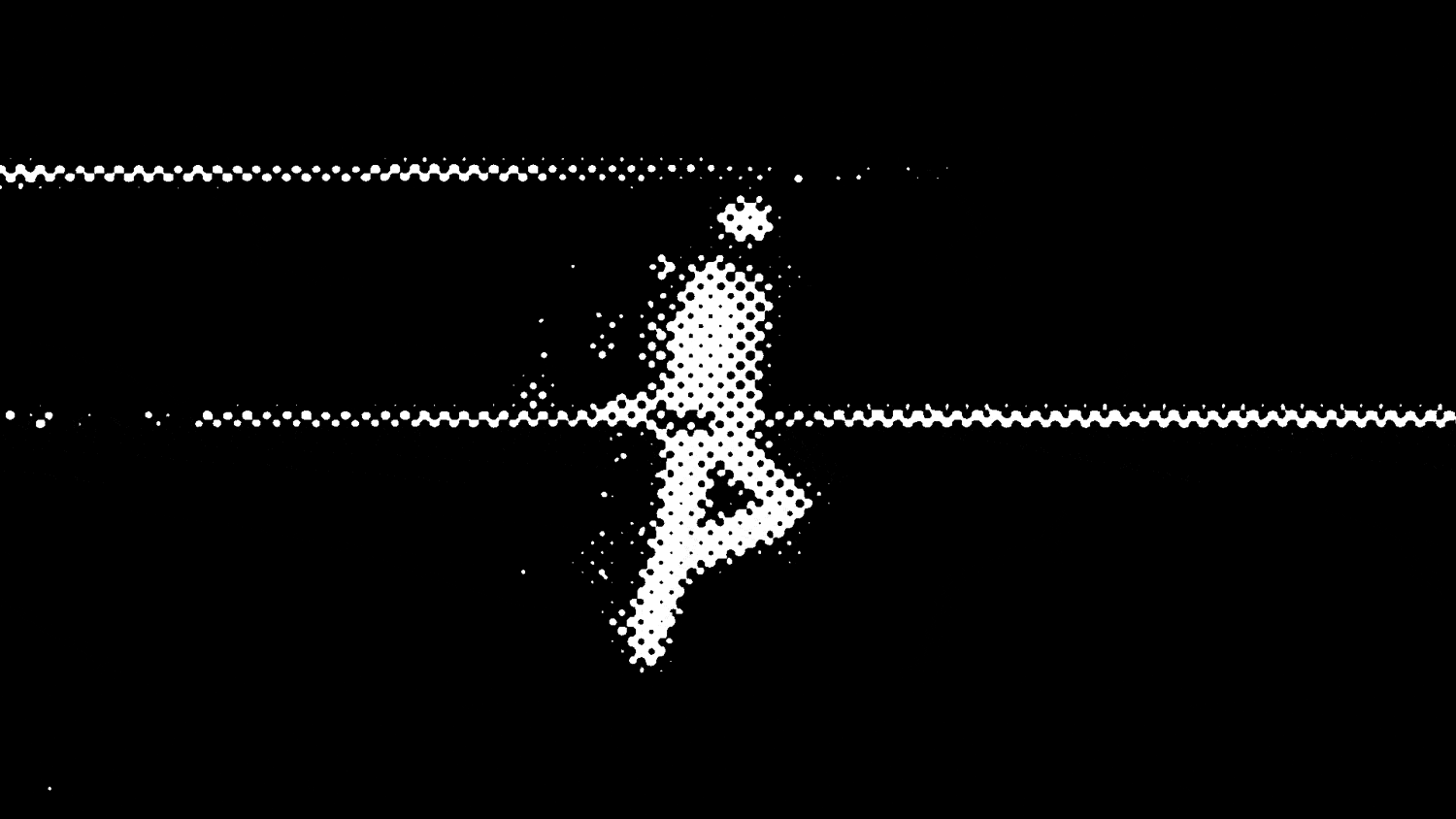
In recent years we’ve seen a massive influx of visual essay-style pieces from many of the major media outlets. What are your thoughts on this growing trend and how was your experience working in this medium?
I think it’s great. Being associated with highbrow topics elevates the art form. It feels like stringing a bunch of editorial illustrations together. I really enjoy working conceptually in that regard.
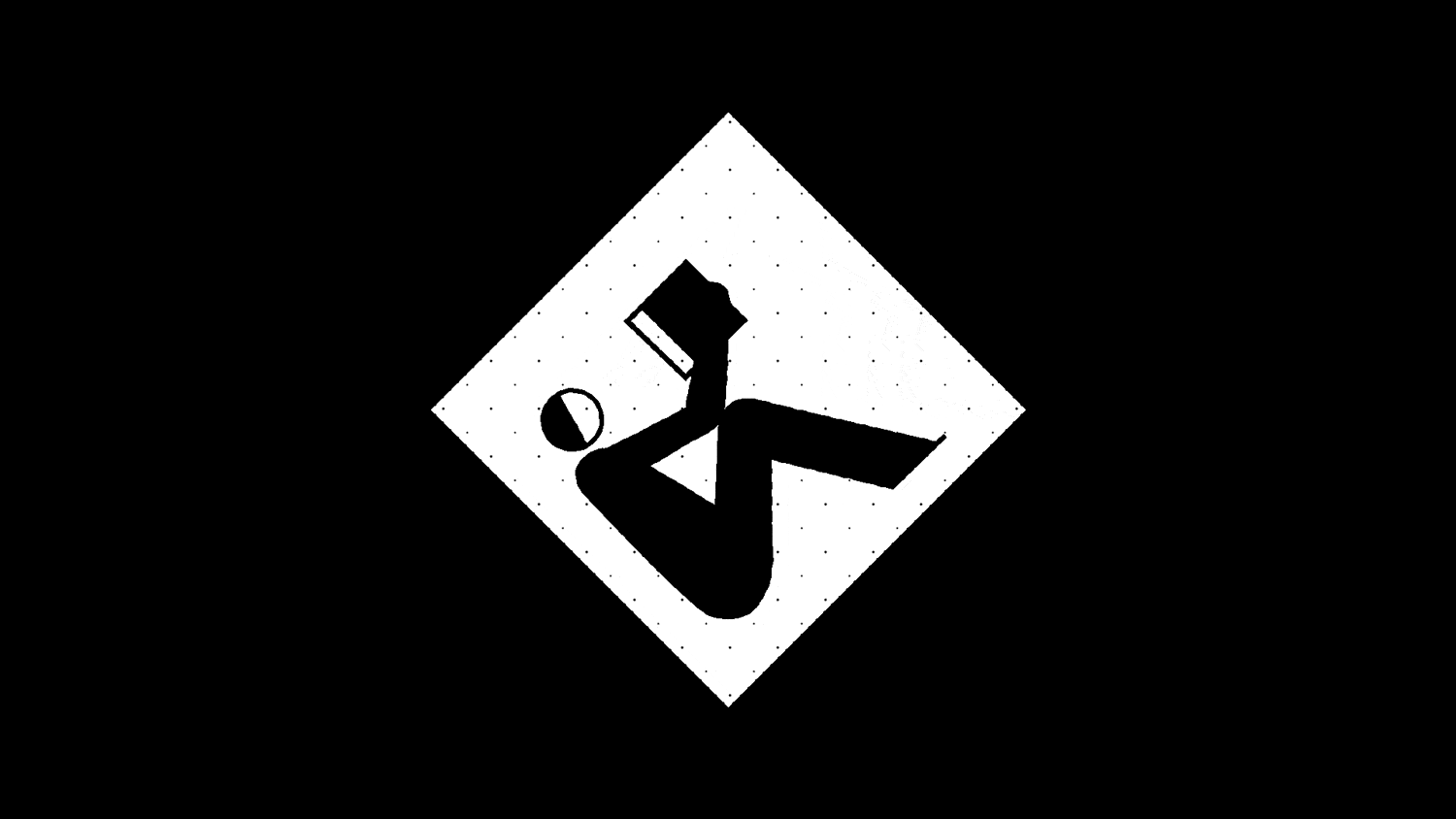
What was the process like working with Al Jazeera and how much time were you working with from initial call to delivery?
They reached out after seeing “Look-See” and asked for something similar. I wanted to continue exploring ideas from that film, but rather than repeat myself, I pitched the idea of using halftone patterns as abstract content that could morph and take shape of the medium, which is what was important in McLuhan’s writing. I literally pitched this with the following image:
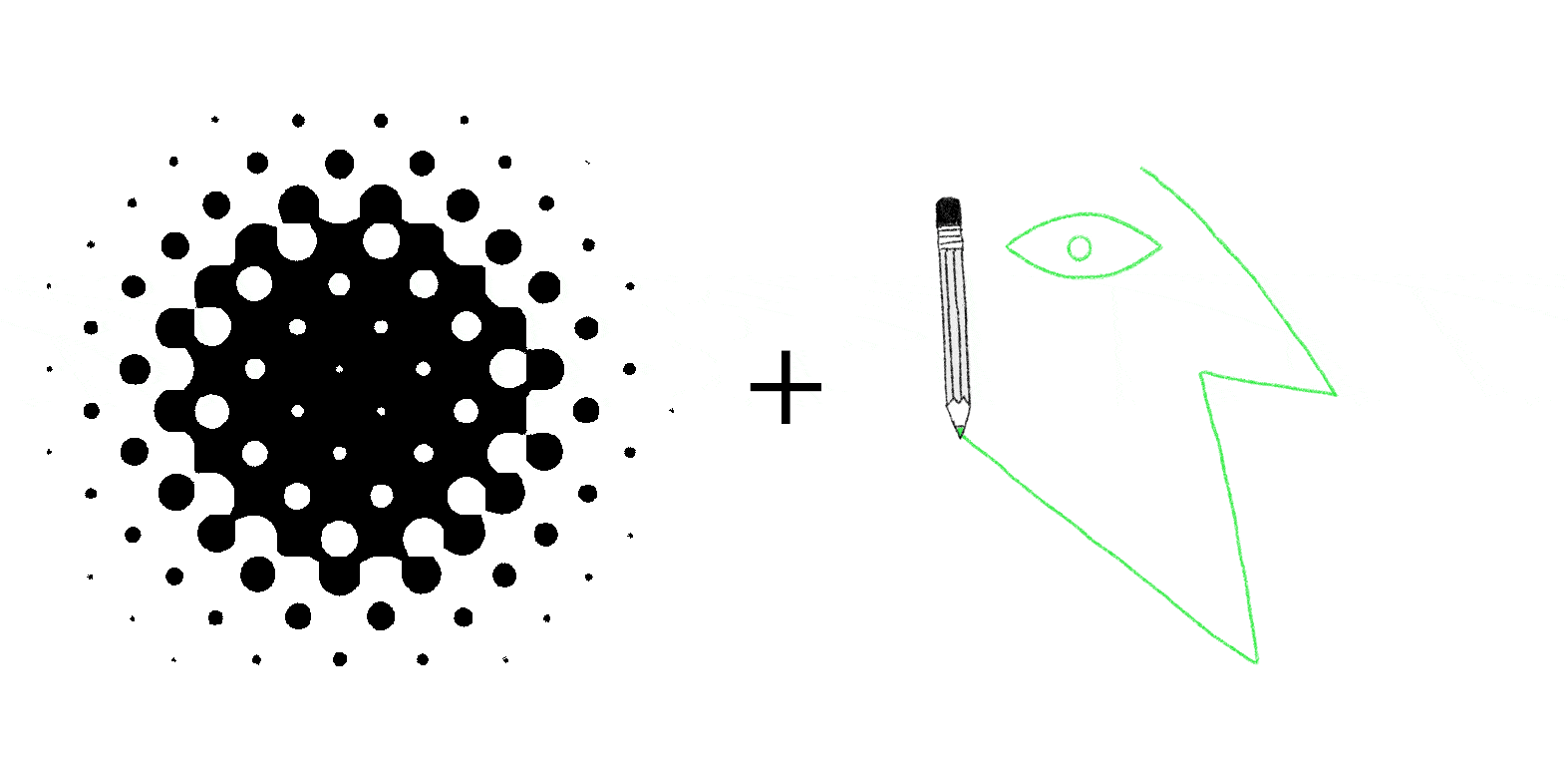
They were a little confused but let me run with it. I made this second gif as a proof of concept, which was more for myself, since I never actually showed it to them:
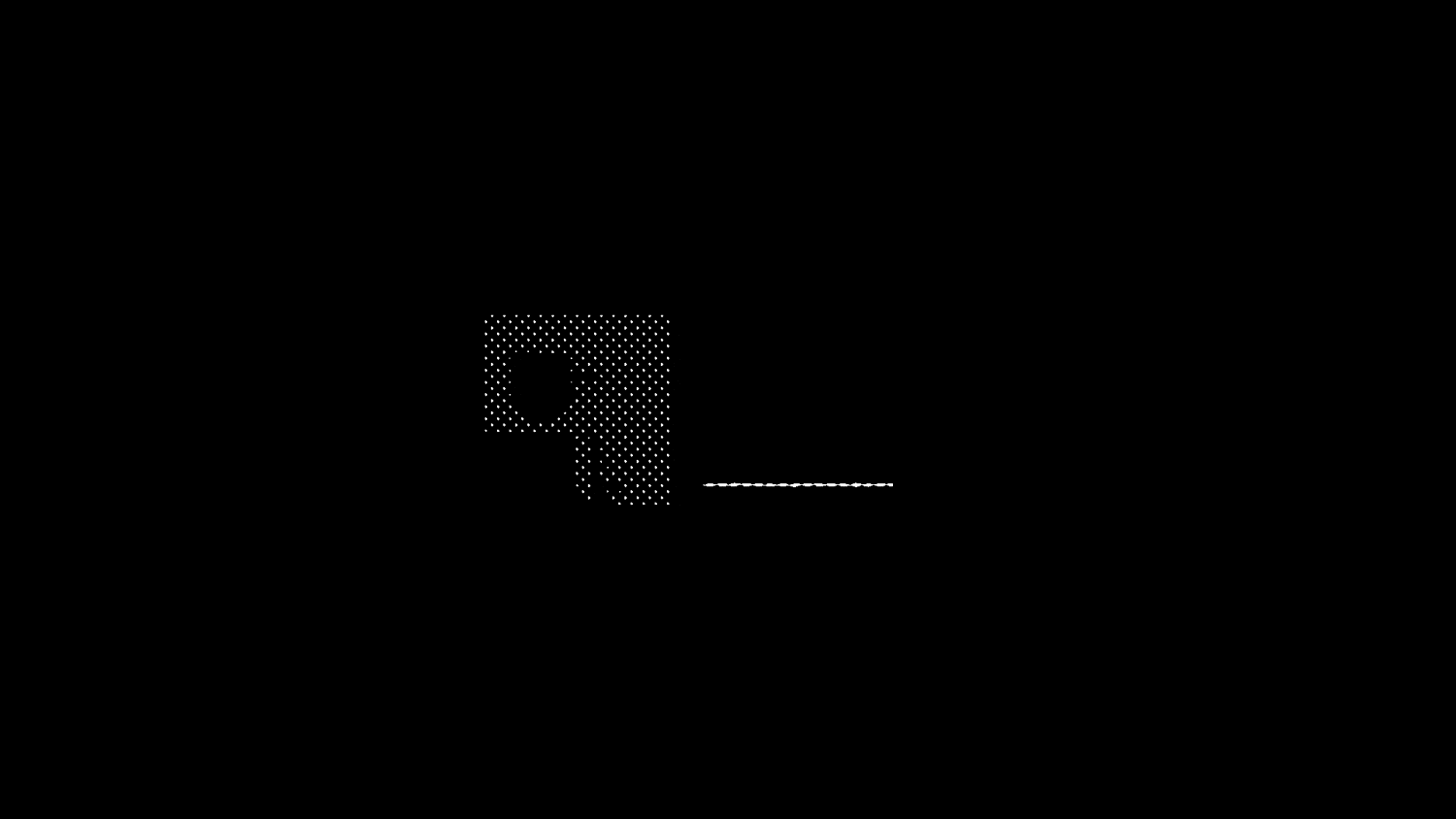
They gave really great feedback, helping me understand the abstract theories. It was a rare moment where the feedback only made the film stronger. Timeline was just under two months I’d say.
Something I like about your new film is that it’s kind of old school meets new school. It fits into the contemporary realm of 2D animation but goes beyond the ubiquitous shape layer style and incorporates a considerable amount of processing on the final image. Can you tell us a bit about your inspiration here and why you landed where you did?
It all stems from “The medium is the message.” I did my best to digest McLuhan’s theories and spit them out in my own voice.
The pattern is representative of the media from his time. I abstracted what would be considered content because, as the video says, “when we pay too much attention to it, we ignore the power of form in shaping our experience.” This way I could draw literal forms like a television or a newspaper, and it didn’t matter what was on them. Of course, the ironic thing is you’re getting this message directly from content.
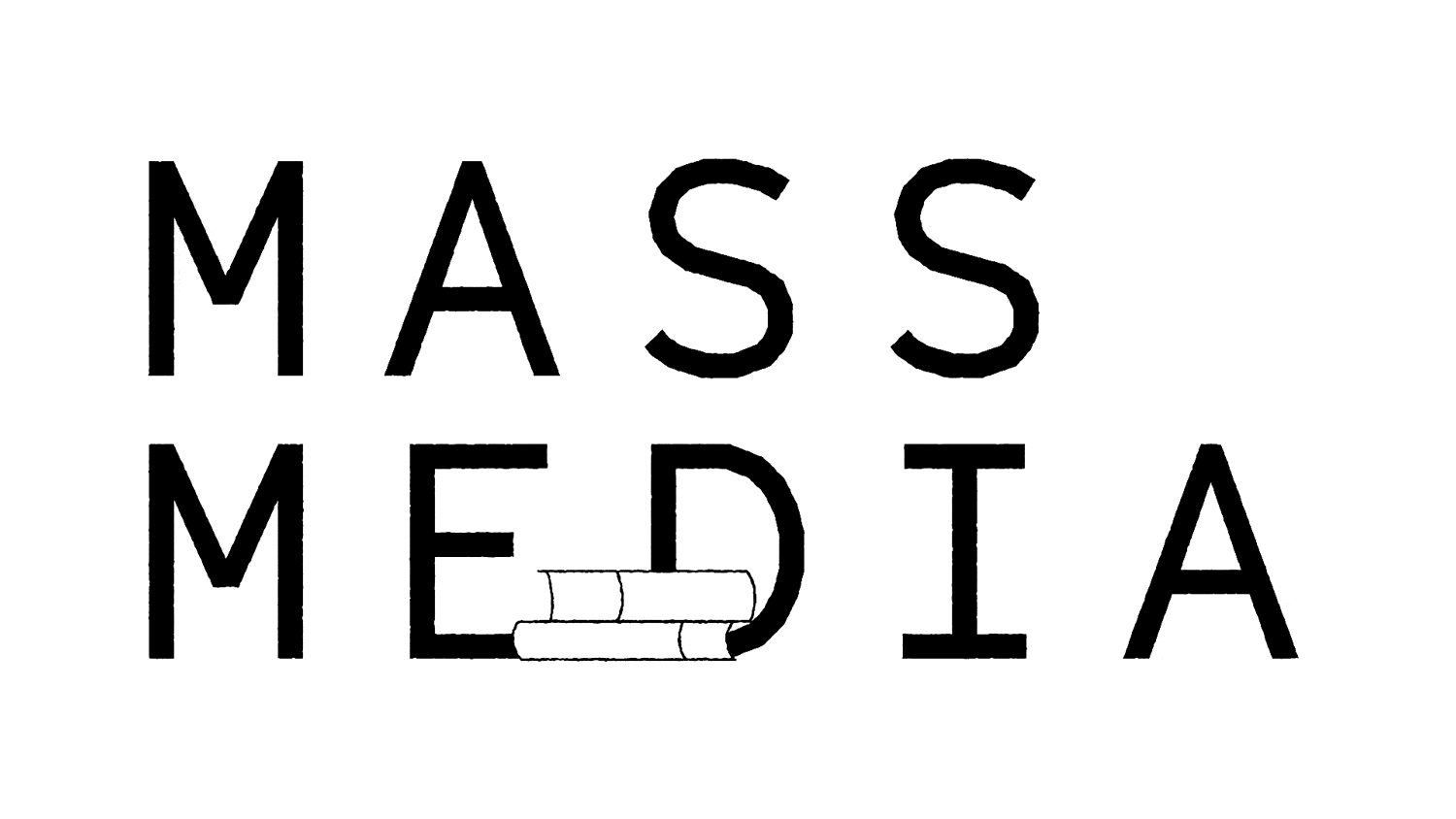
There are some remarkably bold moves here in the realm of abstraction and minimalism. For example, at 1:18 we literally hold on the grid design for two seconds. That’s an eternity in animation!
It can be hard to fight the urge to fill every moment with crap. This confidence in simplicity is present in a lot of your work. Can you tell us a bit about this?
Great question. It took years to get there, and you’re right, it’s got a lot to do with confidence. I used to always throw a ton of shit on the screen because I was insecure. It’s also fun to use every trick in the book when you’re starting out. Then you realize a simple grid is beautiful, why wouldn’t you want to look at it for 2 seconds? It’s also a bit of rebellion against what’s happening in animation these days. It’s a nice way to stand out with limited resources.
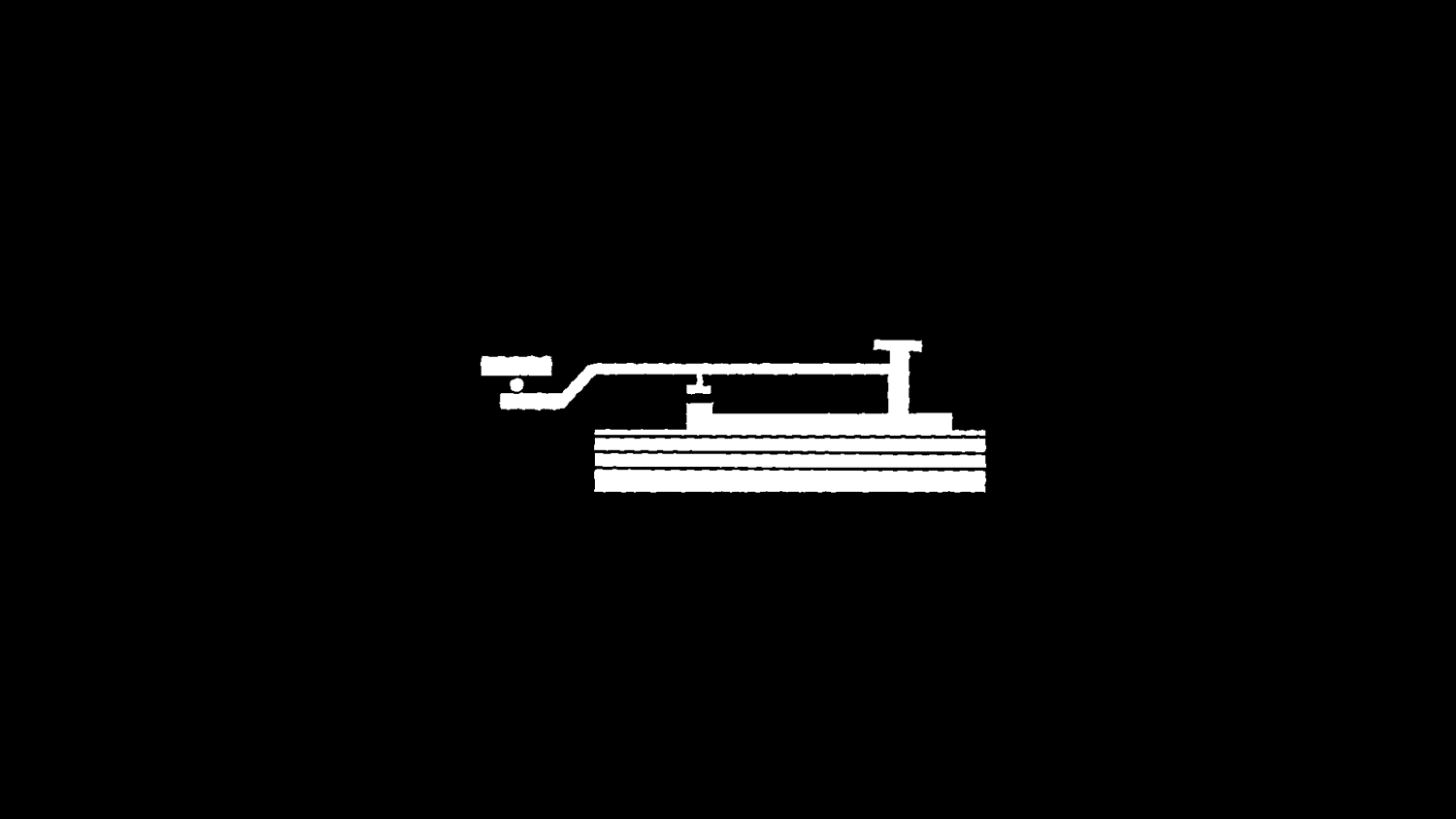
Getting back to the animation, do you have a favorite scene or what was your favorite aspect of the film?
I don’t know if I have a favorite scene, but my favorite part is the typography. It’s a trip back to my roots as a graphic designer. I abandoned it years back, but crave it more and more these days. Thanks to my friends at Grilli for making such a nice font.
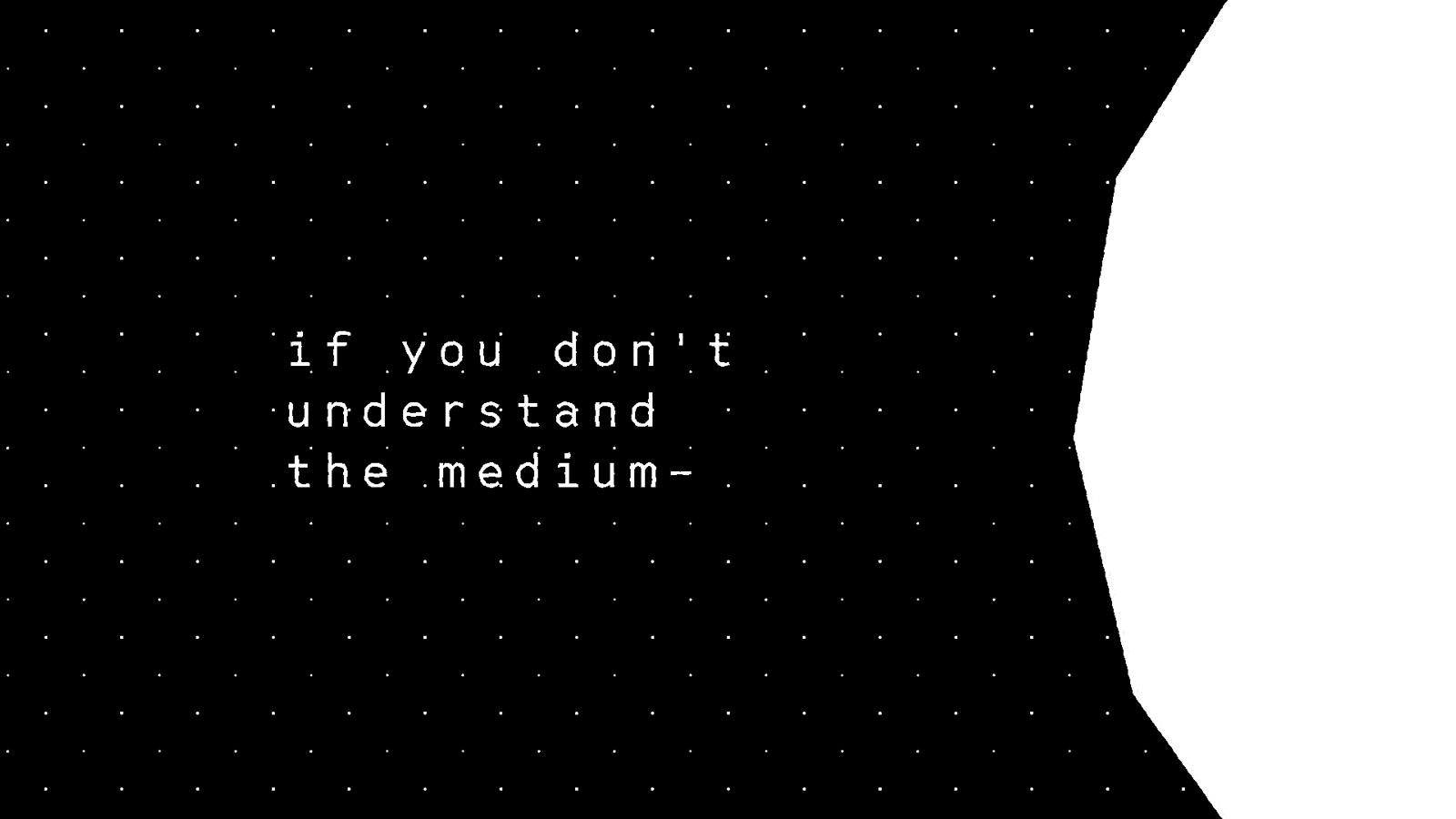
What was the biggest challenge you faced while making this film?
The voiceover was tricky, because we didn’t use a professional. To stay relevant to the story we used a Hong Kong-based activist named Alex Chow. The end result is charming and different, but getting the timing right took some editing.
What are your deep thoughts on the fact that “it’s all just now” and the digital world we find ourselves in?
Everyone is so quick to jump on something. For example, a bunch of people attacked me on Twitter because the writer Dan Savage made a comment about Melania Trump. By the time they realized it was the wrong Dan, they were already yelling about the next thing. I don’t really know what my deep thoughts are on it, but we should probably slow the fuck down.
Finally, what’s next for Something Savage?
Currently, I’m working on a commission for Standard Vision’s giant LED screen Downtown LA. They’ve been very supportive, screening Look-See and Yule Log, so I’m excited to make something specifically for them now. Should be done in April.




